I have an ASP.Net website that references a class library. In the class library I need to read a file into memory.
At the top level of my class library there is a folder called EmailTemplateHtml containing the file MailTemplate.html that I want to read in.
How can I do this?


